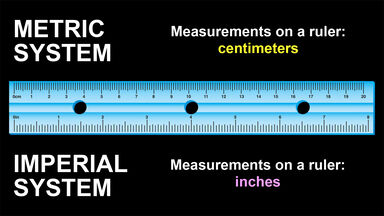He supposes the field near the earth to be ioo volts per metre, or 1/300 electrostatic units.
For simplicity, he assumes I + and I_ each equal 0.25 X106 electrostatic units.
If the two small conducting spheres are placed with centres at a distance d centimetres, and immersed in an insulator of dielectric constant K, and carry charges of Q and Q' electrostatic units respectively, measured as above described, then the mechanical force between them is equal to QQ'/Kd 2 dynes.
If a small conducting body is charged with Q electrostatic units of electricity, and placed in any electric field at a point where the electric force has a value E, it will be subject to a mechanical force equal to QE dynes, tending to move it in the direction of the resultant electric force.
In the same manner, if an electrified body carries a positive charge Q electrostatic units and is placed in an electric field at a place where the electric force or electromotive intensity has a value E units, it is urged in the direction of the electric force with a mechanical force equal to QE dynes.





